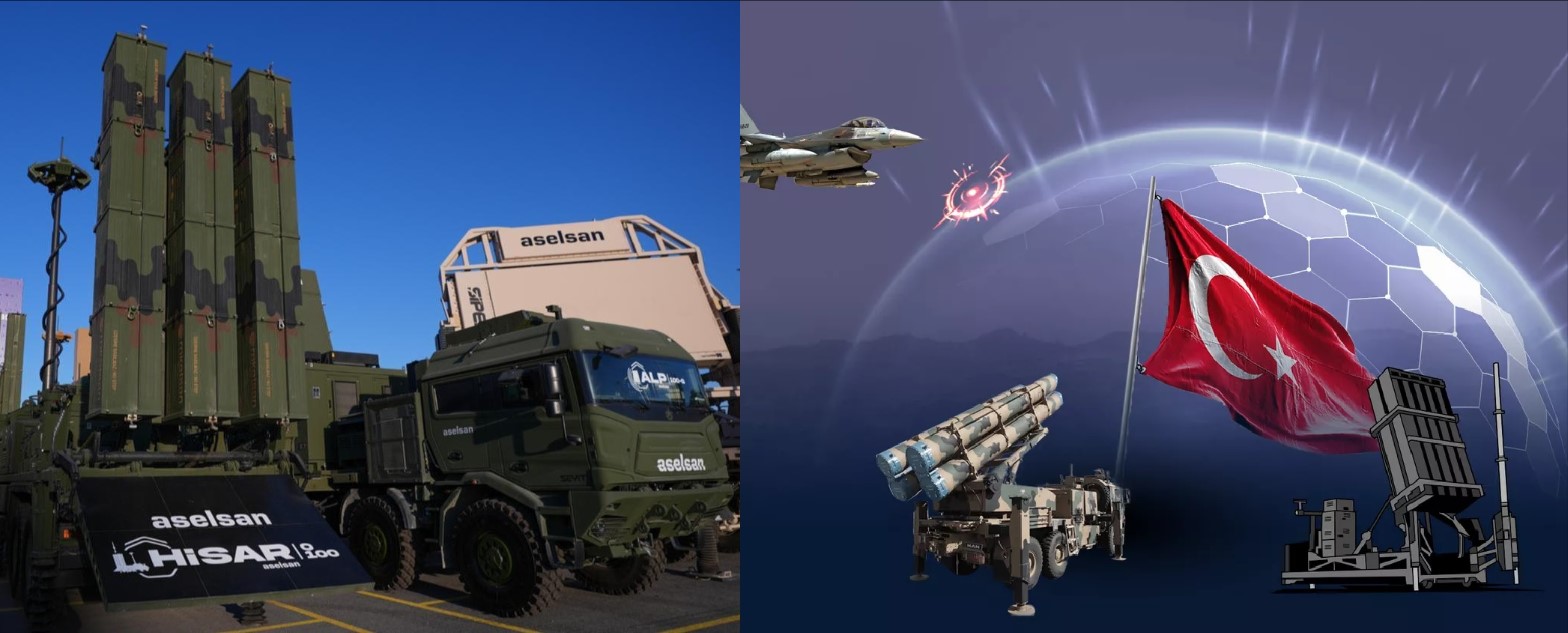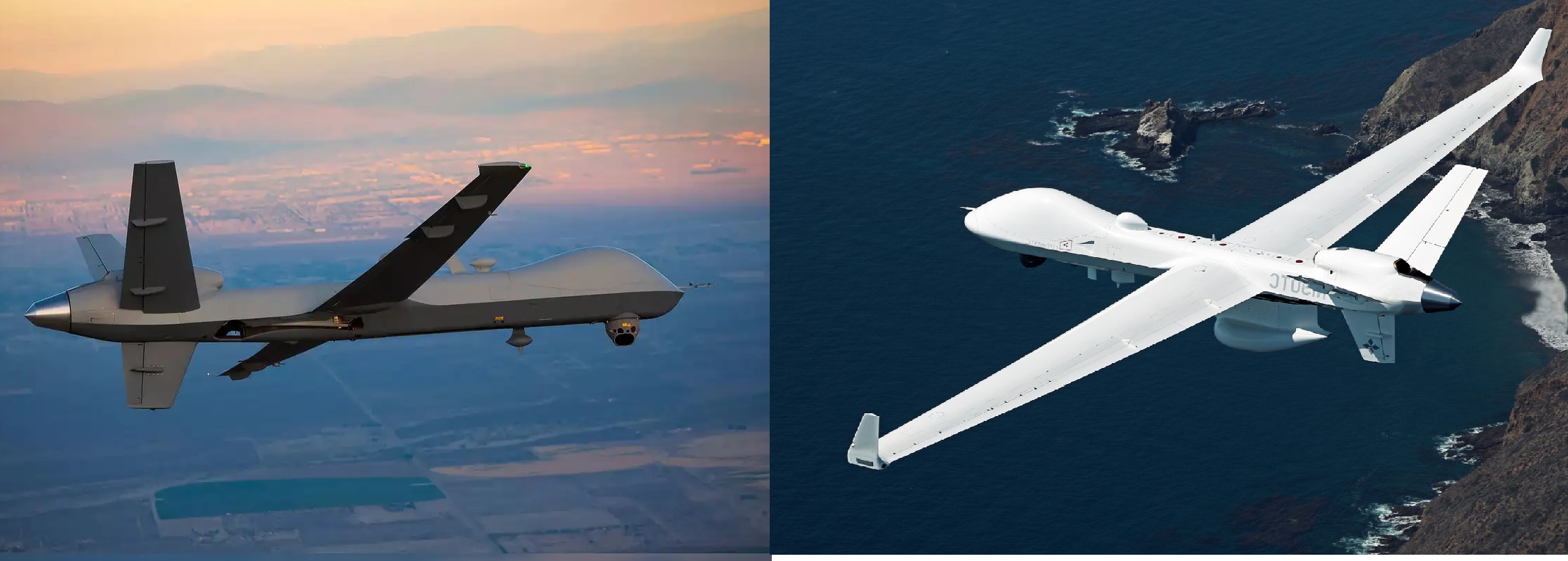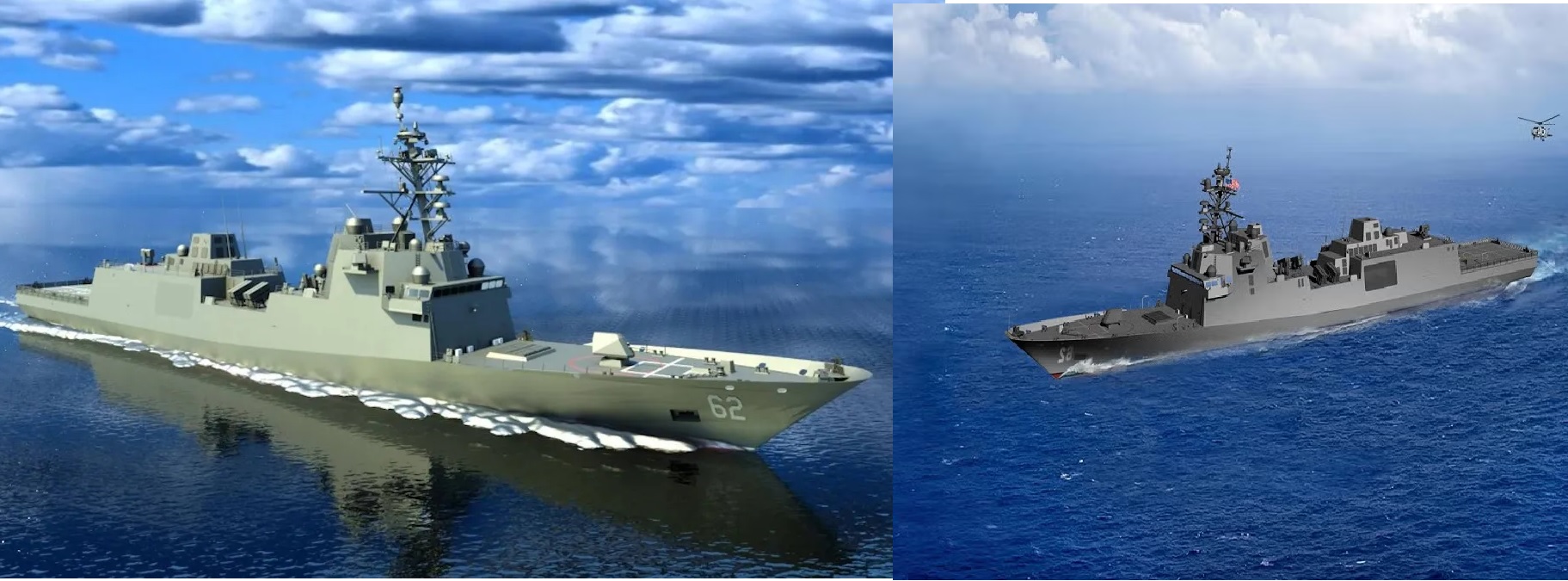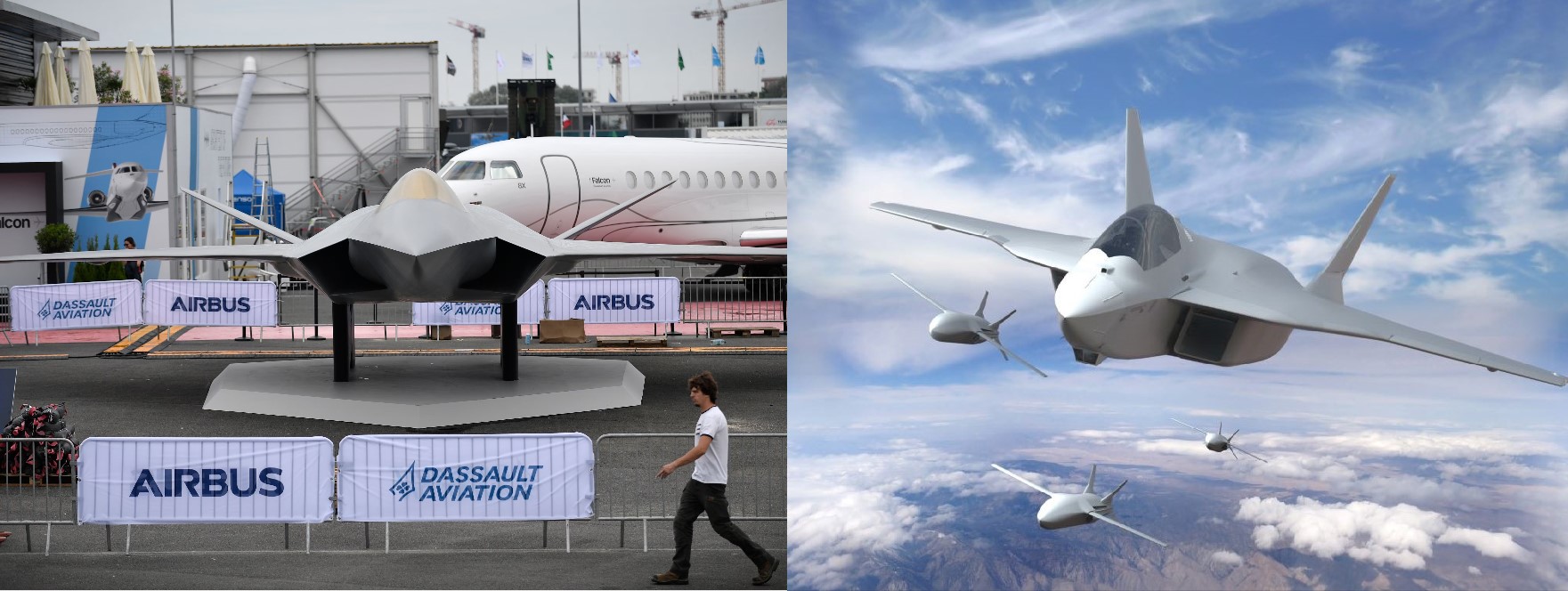Taiwan Builds a Wall of Fire: Inside the Island’s New Area-Denial Strategy Against China
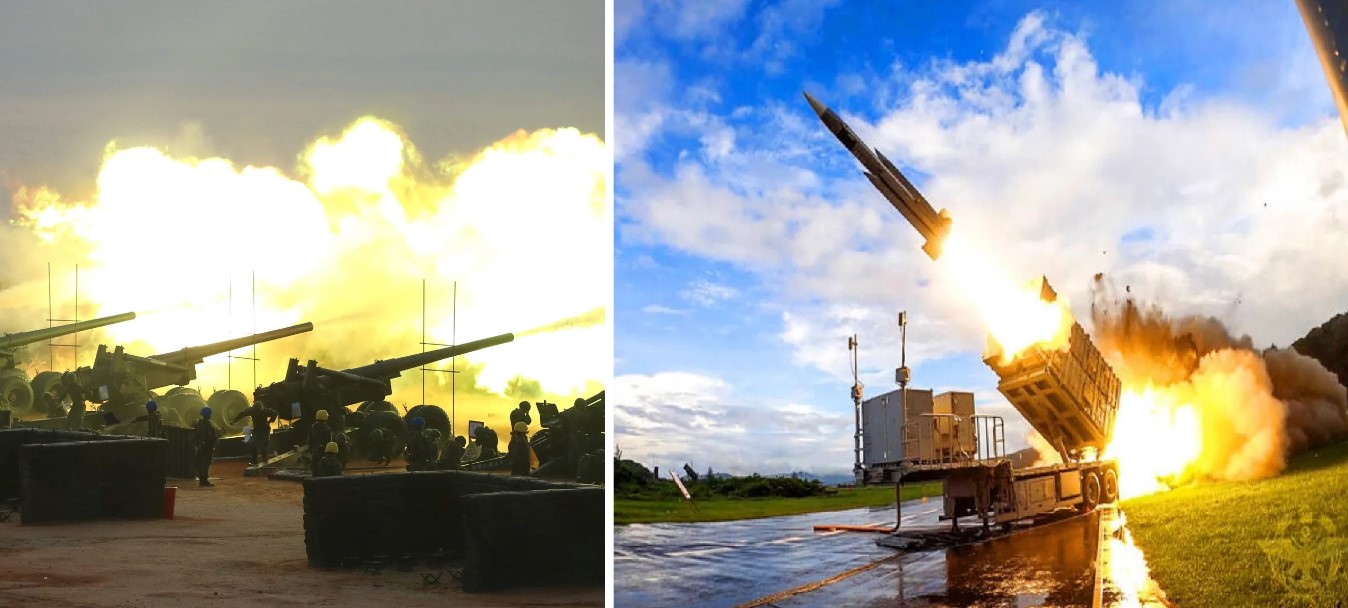
Taiwan’s latest 2025 National Defense Report reads less like a routine policy document and more like a sober warning wrapped in a detailed plan for survival. For the first time in years, the report lays out how the island is reshaping its military around a single, uncompromising objective: preventing the People’s Liberation Army (PLA) from ever reaching Taiwan’s shores.
It is a strategy built on massed missiles, unmanned systems, hardened coastal forces, and a vast expansion of asymmetric firepower—all designed to counter a Chinese military that has grown faster and more capable than at any point in modern history.
A Rising Threat Across the Strait
For Taipei’s defense planners, the picture is clear. China has spent the last decade building new amphibious assault ships, enhancing naval aviation, and introducing specialized landing craft. These platforms, the report warns, have “significantly increased Beijing’s capability to conduct a large-scale invasion operation.”
In the face of these developments, Taiwan is shifting away from traditional concepts of defense and doubling down on tools designed to bleed an enemy force before it can land troops. The term that appears repeatedly throughout the report is “asymmetric warfare.”
Missiles: Taiwan’s First Line of Resistance
The narrative begins with a sweeping expansion of missile production under the 2022–2026 Sea-Air Combat Power Improvement Plan, a $8 billion program that has quietly turned Taiwan into one of the most missile-dense territories in Asia.
Across factories and bases, Taiwan has accelerated production of:
-
Hsiung Feng III, its fastest and most lethal anti-ship missile
-
Hsiung Feng IIE, a long-range cruise missile capable of striking targets 1,200 kilometers away
-
Advanced Sky Bow and Sea Sword air-defense missiles
These systems are being stockpiled in unprecedented quantities, equipping not only Taiwan’s air, sea and ground forces, but also its growing fleet of missile corvettes and mobile strike brigades.
Defense analyst Ben Lewis notes that Taiwan’s success—or failure—may rest heavily on this capability.
“Taiwan’s ability to contest PLA command of the air and sea could be the decisive measurement of whether it survives an invasion,” he told Naval News.
The MND is already planning a successor program from 2026 onward, focused on strengthening resilience and deepening asymmetric firepower even further.
Coastal Defense Transforms into a Kill Zone
One of the most significant shifts detailed in the report is Taiwan’s effort to turn its coastline into a fortified web of sensors, missiles and unmanned systems.
The Republic of China Marine Corps is at the heart of this change. Its 66th Marine Brigade is being restructured into a littoral strike formation, complete with a new drone battalion and a firepower battalion. These Marines are also being posted at strategic locations around Taipei to counter any Chinese attempt to launch decapitation strikes during the opening phase of an invasion.
The Navy is undergoing an even broader transformation. In 2026, it will expand the Haifeng anti-ship missile brigades, integrating them with missile boats, maritime reconnaissance units, and shore-launch Harpoon Block II batteries. Together, these will form a new Littoral Combat Command—a force designed to create overlapping fields of fire across Taiwan’s surrounding waters.
“The goal is simple,” analyst Jaime Ocon stated.
“To make the 24-nautical-mile contiguous zone a deadly place for any PLA landing force.”
New bases already under construction reflect this evolving approach: smaller, distributed, and built to survive long enough to fire their missiles and relocate—a strategy Taiwan has closely studied from Ukraine’s experiences.
The Drone Revolution: Taiwan’s New Air Power
Yet perhaps the most dramatic part of Taiwan’s defense transformation lies in the skies—specifically, in tens of thousands of unmanned systems the island now seeks to deploy.
The report lays out a plan for 5,000 drones by 2028, spanning 13 variants across the Army, Navy and Air Force. But the Taiwanese government has since raised that target to 50,000, reflecting how deeply the military now sees drones as essential to survival.
Already, domestic firms such as Thunder Tiger are preparing to mass-produce systems like the Sea Shark unmanned surface vessel, while U.S. companies including Anduril are supplying loitering munitions and autonomous air vehicles. Defense Minister Wellington Koo personally oversaw the test launch of an ALTIUS-600M attack drone, underscoring the priority placed on these platforms.
Ocon believes Taiwan must think even bigger.
“Fifty thousand drones is a great step, but honestly, we need five million.”
Analyst Ben Lewis agrees that this is perhaps the most critical transformation underway.
“The value of these systems cannot be understated,” he said.
Drones will scout for PLA vessels, guide anti-ship missiles, swarm landing craft, deliver precision strikes, and provide real-time targeting data to Taiwan’s dispersed units. They are, in many ways, the nervous system of the island’s new defense network.
A Three-Layer Defense Built to Break an Invasion
The picture emerging from the 2025 report is a layered defense structure unlike anything Taiwan has attempted before.
Layer One: Long-Range Firepower
Cruise missiles, Harpoons, HF-series weapons—all tasked with hitting PLA vessels before they close the distance.
Layer Two: Coastal Kill Zones
Missile brigades, corvettes, USVs, and littoral marine units working together to shatter amphibious landing waves.
Layer Three: Drone Swarms and Asymmetric Forces
Tens of thousands of drones providing eyes, precision and relentless harassment, even deep behind enemy lines.
Together, these layers form a defensive web intended to complicate Chinese planning, overwhelm PLA ships, and ensure that no landing zone becomes safe.
A Strategy Defined by Urgency
The tone of the 2025 National Defense Report is unmistakable. Taiwan is preparing—fully, urgently, and systematically—for a scenario where China attempts to take the island by force.
Every missile produced, every drone launched and every coastal unit reorganized is part of a race against time. Taiwan is not trying to match the PLA ship for ship or plane for plane. Instead, it is creating a defense structure that forces Beijing to consider whether any invasion could succeed without intolerable losses.
If China has spent the decade building the tools of conquest, Taiwan is now building the tools to deny it at every step.
And in the narrative laid out by Taiwan’s defense planners, that denial—layered, asymmetric, mobile, and unrelenting—may be the island’s best chance for survival.
✍️ This article is written by the team of The Defense News.

